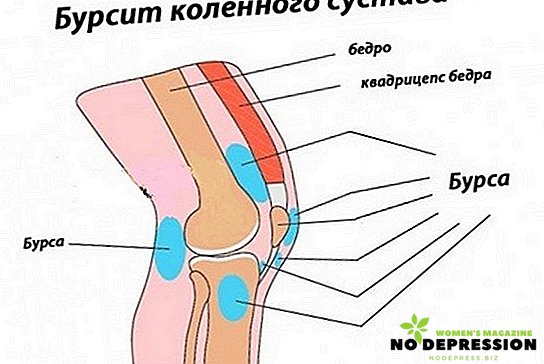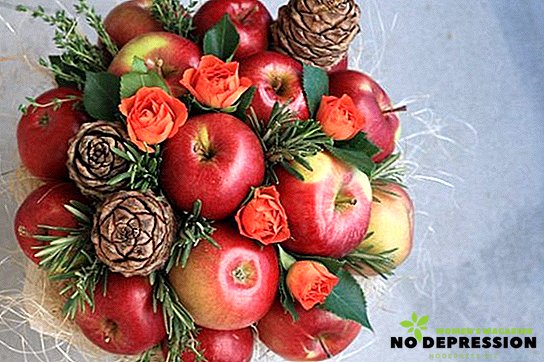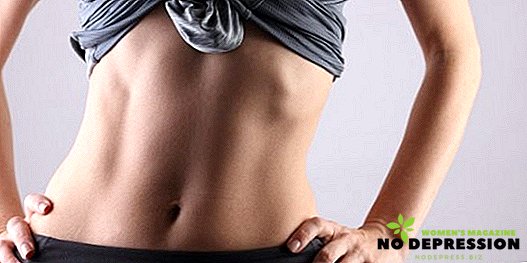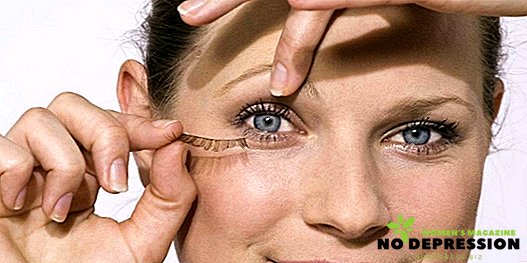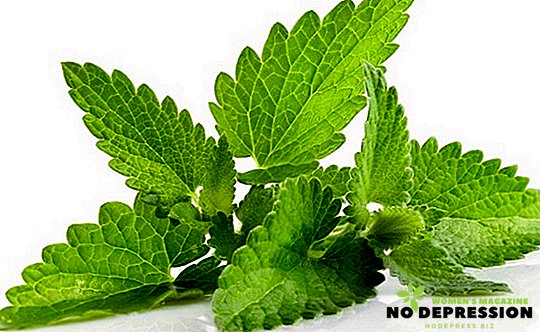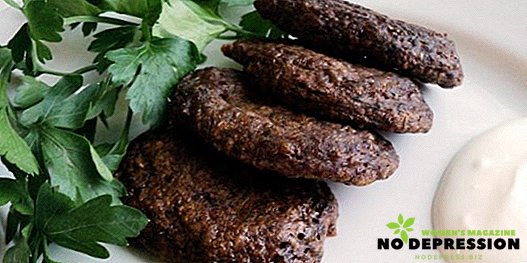Any person involved in sports will say that warming up before a workout is just as important as the workout itself. And it will be absolutely right.

What is the need?
Before you start training, our body needs preparation. This is especially true of the muscles and joints. Otherwise, there is a risk of injury, because of which, you may have to stay in for a long time or just leave the sport.
It is important not only to warm up, but also to do it correctly and consistently.
Warming up allows:
- improve blood circulation and ensure blood flow to muscle tissues;
- warm up the joints and prepare them for physical exertion;
- bring muscle fibers into tone and keep them from stretching;
- prepare the body for the upcoming work, both psychologically and physically;
- make sure there are no problems with the musculoskeletal skeleton or, conversely, pay attention to them.
Where to begin?
As a rule, warming up always begins with warming up muscles, joints, ligaments. This is especially important in the cold period of time, when you have to get to the place of training at sub-zero temperatures, or even conduct the main workout on the street.
Warming up can start with running at an easy pace. Any aerobic exercise (performed with a small load, but for a long time) is also excellent. For example:
 bicycle riding;
bicycle riding;- intense walking;
- swimming;
- jumping rope.
Each person needs a different amount of time to warm up. On average, about five to ten minutes. Then, after warming up, articular and muscular warm-ups are performed, as well as feeding exercises for strength training.
Joint warm-up
As a rule, all exercises are based on rotational movements and are aimed at the release of intra-articular lubrication. This helps reduce the load on the cartilage tissue and generally extends the life of the joint. The warm-up starts from the highest point of the body - the head and ends at the lowest point - the feet. Here is an example of the most common complex articular warm-up:
Head rotation
- Starting position: legs - shoulder-width apart, arms can be lowered along the body or placed on the belt.
- Produced smooth and amplitude movement. Shoulders down and motionless.
- Number of repetitions: ten times with a change in the direction of rotation.

Rotation of the shoulder joints
- Starting position: legs are placed shoulder-width apart, hands are located on shoulders.
- Rotational movements are made by the shoulder joints. The elbow draws a circle perpendicular to the plane of the body.
- Number of repetitions: ten times with a change of direction.
Rotation of the elbow joints
- Starting position: legs - shoulder-width apart, arms straightened to the sides.
- Produced rotational motion in the elbow joints. The brush draws a circle perpendicular to the plane of the body.
- Number of repetitions: ten times with a change in the direction of rotation.
Wrist Warm Up
- Starting position: legs are shoulder-width apart, hands are locked in lock at chest level.
- Rotational movements are made clockwise and counterclockwise with both brushes, i.e. lock.
- Number of repetitions: ten times with a change in the direction of rotation.

Warm up fingers
- Starting position: arbitrary.
- Individually pounded each phalanx of all fingers with soft massaging movements.
- Number of repetitions: individually.
Body twisting
- Starting position: legs are set shoulder width apart. Arms are lowered along the body and relaxed.
- While holding the position of the legs, the hull turns, while the arms freely follow the movement of the body like ropes.
- Number of repetitions: within thirty to sixty seconds.
Rotation of the pelvis
- Starting position: legs are placed shoulder-width apart, arms are placed on a belt.
- The pelvis rotates around the circumference, parallel to the floor.
- Number of repetitions: ten times clockwise, the same in another direction.
Rotation in the knee joint
- Starting position: legs together are slightly bent, hands on knees.
- Rotational movements are performed with the knees around the circumference parallel to the floor.
- Number of repetitions: ten times counterclockwise, the same in the other direction.
Ankle warm up
- Starting position: the foot is put on the toe, hands are either on the belt, or relaxed along the body.
- Produced rotational motion of the ankle with a fulcrum on the toe.
- Number of repetitions: ten times in both directions.
It is important to understand that during an articular warm-up no sharp movements are made, all rotations are performed smoothly and with a maximum amplitude. Also, pain is not allowed, the occurrence of which should be slowed down and reduce the amplitude.
Stretching
After the articular workout, the muscles warm up even more, and you can begin to stretch them. Some muscle groups (neck, part of the back muscles) will already be sufficiently prepared for the main load after warming up the joints, the rest should be given more careful attention and safe from injury.
The main muscle groups for stretching and exercise:
- Neck - well stretched when the head tilts back and forth, as well as to each shoulder alternately. The neck muscles are also partially stretched when performing articular workouts.
- Back. Part of the spinal muscles is stretched when the body twists. But for a more careful stretching, it is customary to use another exercise: arms straighten up in front of you and bend at the elbows, forming an angle of ninety degrees, palms looking "at themselves" and clenched into a fist. It is necessary to join the forearms in front of you, feeling the muscles between the shoulder blades begin to stretch.
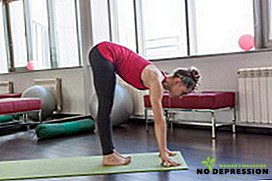 The loin and back of the thigh are stretched, as a rule, by bending forward. With the appearance of pain a slight bending of the legs in the knees is allowed.
The loin and back of the thigh are stretched, as a rule, by bending forward. With the appearance of pain a slight bending of the legs in the knees is allowed.- Spawn To stretch this muscle group, you need to put your hands on the wall, putting your feet 1-1.5 m from it. Feet put on a sock. Then alternately transfer body weight from one foot to the other and try to press the heel to the floor.
- The front surface of the thigh can be pulled if you bend the leg at the knee and, grasping the foot with your hand, pull the heel towards the buttocks.
- Smaller muscles must be stretched with the help of all sorts of body stretching.
The main thing is to remember that when stretching the muscles, one should not make sharp movements, and perform all exercises with swaying, feeling the force of stretching and elasticity of the muscle tissue.
Before strength training
Special attention should be paid to warm-up before strength training. Its feature is to perform basic or summing exercises, but with a lower weight or load. Before this warm-up is also necessary to conduct a general warm-up, joint warm-up and stretch the muscles.
For example, in athletics in addition to the usual warm-up there is a number of running exercises. In heavy warm-up is performed using additional weight, and in martial arts there are percussion techniques and special exercises.
Warm-ups suitable for everyone
There are also universal workout complexes, suitable for all athletes without exception.
From Anna Kurkina
Anna Kurkina - the multiple world champion in powerlifting, the owner of several world records, has more than 50 different awards. At the moment, is actively coaching.
A warm-up by Anna Kurkina is a set of exercises that includes work on breathing. This practice is aimed at simultaneous warming up of joints and muscles, and is also a combination of stretching and joint warming up. Exercises are very diverse, and their intensity gradually increases, translating the workout into the main workout.
For more detailed information you should visit one of Anna's trainings.
From Elena Silk
Elena Silka - is a fitness trainer and author of many methods for losing weight. Basically her lessons and workouts are designed for girls. She actively conducts her coaching activities and places educational videos on the Internet, so that everyone can get acquainted with her techniques.
Helena's universal warm-up includes seven exercises:
- Breathing exercise.
- Open step.
- Added step.
- Burst foot.
- Feet overflowed back.
- Drawing circles with hips.
- Drawing circles by the upper body.
- Stretching the legs.
Memo
In order for a warm-up to benefit, the following recommendations should be kept in mind:
- Always warm up and do it right. Remember that warm-up should prepare the body, not load it.
- Any warm-up begins with a general warming up with aerobic exercise.
- One should never forget about the articular warm-up and neglect it, since injuries of the joints are one of the most difficult for athletes.
- Be sure to pull your muscles and tendons in order to avoid stretching them during basic loads.
- You should choose a warm-up that matches your sport, and pay special attention to the parts of the body that are most involved during exercise.
- If you do not have the opportunity to independently choose a warm-up for yourself, choose one of the universal ones, suitable for everyone.


 bicycle riding;
bicycle riding; The loin and back of the thigh are stretched, as a rule, by bending forward. With the appearance of pain a slight bending of the legs in the knees is allowed.
The loin and back of the thigh are stretched, as a rule, by bending forward. With the appearance of pain a slight bending of the legs in the knees is allowed.